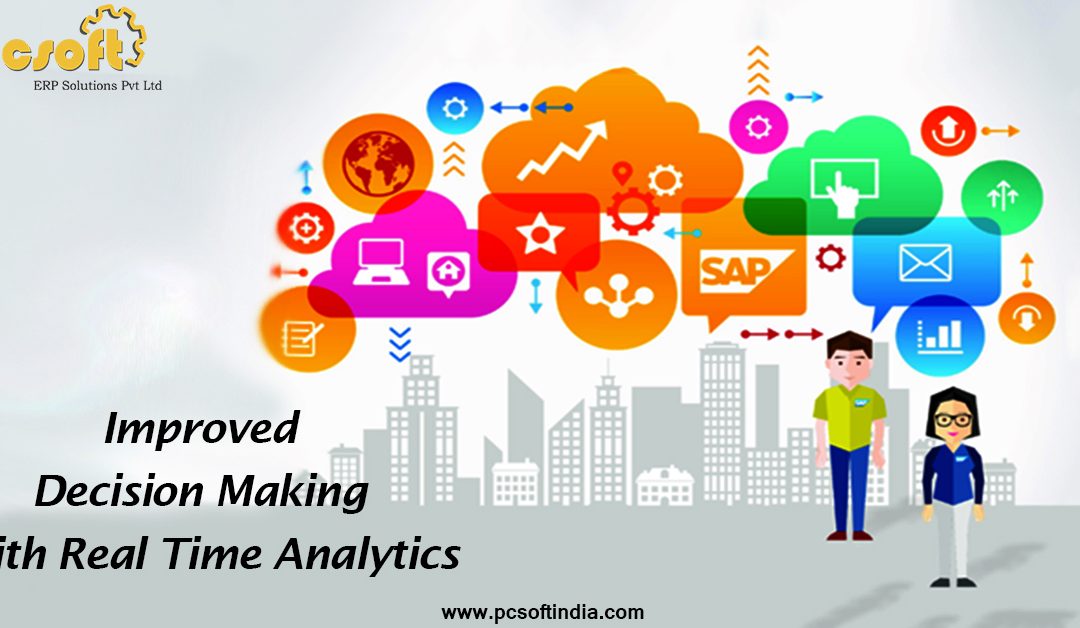The business world today is facing greater levels of success with the implementation of ERP (Enterprise Resource Planning). Especially in the manufacturing businesses, there are numerous processes that need strict and continuous supervision. This can effectively be offered by the precise real time data. Starting from the inventory management to dispatching of goods and commodities to right customers, management of manufacturing companies needs to be attentive and thoughtful. For this, the traditional ERPs did not offer enough flexibility as compared to the current ERP. The modern ERP include features like offering access to only a specific people or workers performing on the project, systematized and presentable data for the managers to take effective decisions, generation of accurate reports that save hours and money, analyzing the present business performances to determine ranking in the marketplace, etc.
With the implementation of latest ERP, businesses are witnessing change in all the phases like, manufacturing, financial analytics, resources management, etc. It commits exceptional service level by continuous monitoring and offering accurate data analytics that ensures effective and immediate information for decision making.
How Real-Time Analytics helps in Decision Making?
- The Accurate Generation of Analytics:
The modern tools and technology for the businesses’ growth is growing steadily and it is becoming difficult to manage the growing data with significant check over all. This data will continue to grow significantly with more inclusion of connected mobile devices that will be adding time series and unstructured data, hence creating more confusion. Therefore, to achieve actionable insights from the generated reports, the real time encourages improved understanding and the productive decision-making for the workers that save time and capital.
- Data Visualization and Analytics:
The extensive data in the database offers lack of clarity, misunderstandings and confusion for the workers to interpret and make decisions. Therefore, the data visualization helps the managers in decision making and to overlook on factors which are important for deep understanding. It is essential that different types of data from respectable sources and analysis results to be presented in contextual relevance. ‘Contextual relevance’ simply means understanding the location and time of an unexpected event, the resources, assets and environmental aspects included, the result and its importance. In short, data visualization is an easy way to extensively conduct analytics for non-technical employee.
- Situational Intelligence brought together:
Making decision making easy for the employees and the entire management is the core objective of the ERP systems. The important factors like operational intelligence, location, external data, analytical models, mobile data and business intelligence are highlighted. A modern ERP analytics and visualization approach is used by numerous companies to achieve objective known as situational intelligence. Situational intelligence begins with direct approach to an organization’s complete data landscape and to related external data sources. Data is interconnected and evaluated across time, space and nodes in a logical or physical linkage to generate a situational context. Then, the data and analytics results are united into intuitive interactive observations that simulate situational understanding. The outcome is a contextually rich big picture that expresses the complete context of what happened or might happen augmented with any or all of the following: where, why, when, who and how.
In this way, data analytics companies can make confident decision making with clear understanding of the complete situation. The businesses can hence, competently succeed in current market with strategic planning. We offer ERP solution that provides a 360° view over all the departments to help you forecast well in the present scenario.



